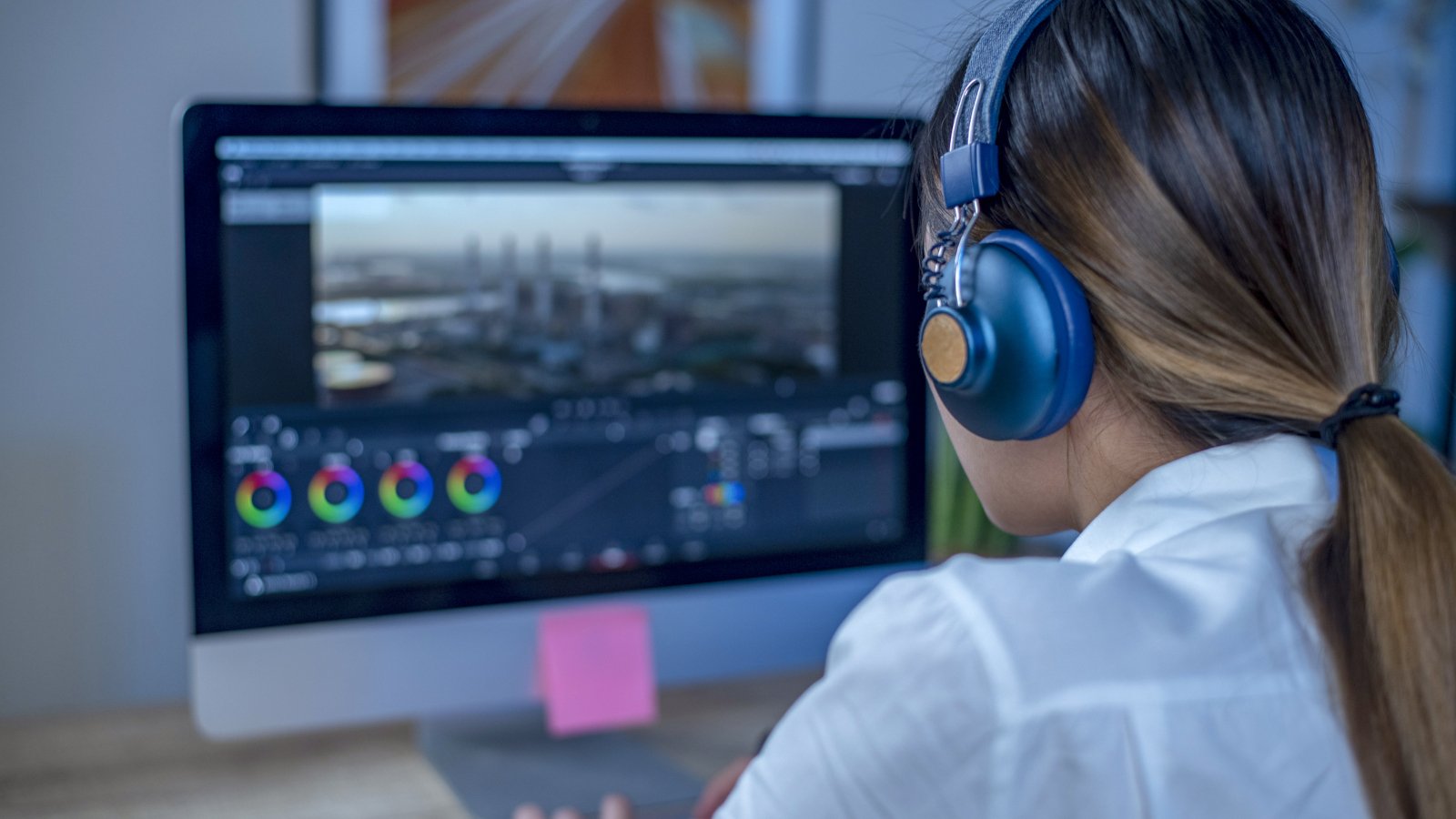DIY Video Editing Tips: Enhance Your Videos like a Pro
Introduction:
In the digital age, video editing has become more accessible than ever before, allowing individuals and businesses to create captivating content without the need for expensive resources. DIY video editing enables you to tell your story, showcase your products, or communicate your message with a professional touch. In this blog, we share expert tips on DIY video editing that will elevate your videos to a whole new level without breaking the bank. Whether you're a beginner or a seasoned video creator, these tips will help you unlock the full potential of your footage and produce content that rivals big-budget productions.
Invest in Quality Footage:
While you don't need a Hollywood budget, starting with high-quality footage makes a significant difference in the final result. Use a good camera or smartphone with excellent video capabilities and ensure proper lighting when filming. High-resolution footage provides more flexibility during editing and ensures a professional look even before applying post-production effects.
Plan Your Editing Process:
Before diving into the editing software, plan the structure and flow of your video. Organize your footage and create a storyboard or timeline to visualize the sequence of scenes. Planning ahead saves time during the editing process and helps you maintain a coherent narrative throughout your video.
Master the Basics of Editing Software:
There are numerous user-friendly video editing software options available, some of which are free or offer trial versions. Invest time in learning the basics of your chosen software. Familiarize yourself with features such as cutting, trimming, transitions, and adding text or graphics. As you gain confidence, explore more advanced techniques like color grading and audio adjustments.
Keep it Simple and Concise:
Less is often more when it comes to video editing. Avoid overusing flashy effects or transitions that distract from the content. Keep your edits smooth and seamless, letting the story or message take center stage. Also, aim for a concise video length that holds your audience's attention without unnecessary filler content.
Utilize Royalty-Free Music and Sound Effects:
Music and sound effects play a crucial role in enhancing the emotional impact of your videos. Use royalty-free music and sound libraries to find the perfect soundtrack for your video. Carefully select music that complements the mood and tone of your content, evoking the desired emotions in your audience.
Apply Color Grading:
Color grading can transform the look and feel of your videos, giving them a cinematic touch. Experiment with color adjustments to match the tone of your video and create a consistent visual style. Color grading can enhance the mood, emphasize certain elements, and bring a professional polish to your footage.
Review and Refine:
After completing your first edit, review the video thoroughly. Pay attention to pacing, audio levels, and overall cohesiveness. Share the video with a trusted friend or colleague to gather feedback. Be open to making refinements based on feedback to ensure your video is polished and engaging.
Conclusion:
DIY video editing offers the opportunity to create professional-grade content without costly resources. By investing in quality footage, planning your editing process, mastering the basics of editing software, keeping it simple and concise, utilizing royalty-free music and sound effects, applying color grading, and reviewing and refining your work, you can elevate your videos to new heights. At Slate 48, we understand the significance of compelling video content in capturing your audience's attention. Let us help you master the art of DIY video editing, creating polished and captivating videos that tell your story and leave a lasting impression on your audience. Contact us today, and together, we'll bring your vision to life with professional flair.

